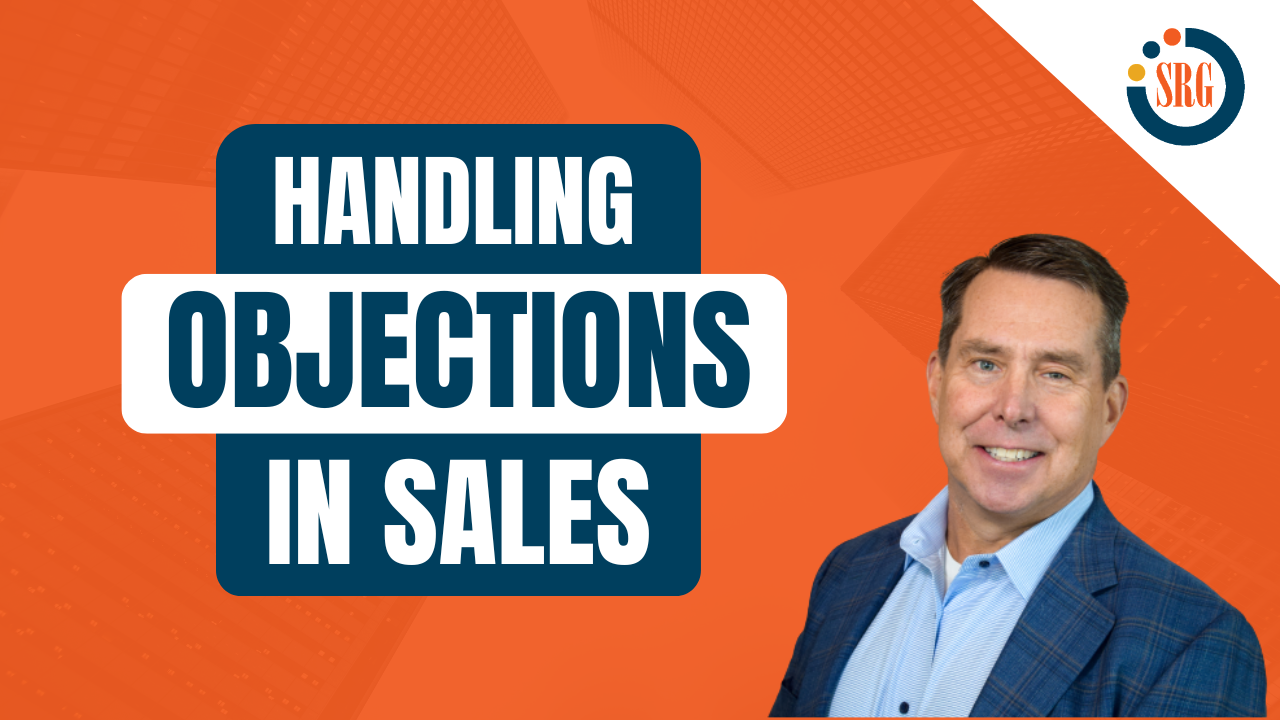Handling objections is an essential part of the sales process. Although these can be challenging and even uncomfortable conversations, the sales professionals who navigate objections with finesse can build trust and move deals forward. Use this four-step process to address objections and concerns with confidence.
Feedback Brings Objections
Asking for customer feedback is invaluable for helping sales professionals understand the customer's perspective and gauge their level of interest. Requesting feedback also shows that you care about and value your customers' opinions. That's why it's important to ask for feedback early and often during the sales process.
Some examples of asking for feedback might include:
- “How does that sound to you?”
- “What are your thoughts about that?”
- “Can you see this as a viable solution for your organization?”
Asking for feedback also opens the door for customers to raise issues and concerns. When these objections occur, it's how you respond to them that is often just as important to the customer as how you address the actual concern. Really listening to the customer and showing a keen sense of curiosity and empathy can go a long way toward building the relationship.
To confidently handle customer objections in the sales process. use these four steps, which are also called the ACAC model.

Step #1: Acknowledge Concerns
The first step is to listen carefully and with empathy. Take a genuine interest in the concern and try to understand it from the customer's perspective. Avoid patronizing, or becoming defensive. Resist the urge to interrupt and respond right away. These are common pitfalls that can quickly derail the conversation.
Whether it's a misunderstanding, a bias, or a strong opinion, it's important to acknowledge the customer's point of view. Acknowledging and empathizing is not the same as agreeing with the customer— it's about letting them know that you’ve heard them.
For example; if
they raise a concern about the delivery date, instead of just parroting back “I understand you have a concern about the schedule,” you might say “It sounds like the delivery schedule and timeline is important to you in making this decision, can you tell me more about the concerns you have?”
Showing the customer that you are listening to his or her concerns helps permit you to address the issue.
Step#2: Clarify the Issue
To ensure that you correctly understand the core issue and address the actual concern, take a moment to clarify the issue. Often customers initially raise one objection but have an important underlying reason that can only be discovered by asking questions and probing.
This can also prevent you from sounding confrontational because the objection may be a simple misunderstanding. Clarification questions often give the customer options to choose from. For example, “Is it the delivery of the initial pilot or the overall implementation schedule that is of greater concern to you?” This helps you assess the customer’s priorities and respond correctly.
Step #3: Address the Objection
After clarifying the issue, it's time to address the objection. The root cause of many objections relates to perceived value, resistance to change, or need versus solution alignment.
In some cases, objections occur because the customer is still in the early stages of their buying process and doesn't have all the information to make a decision yet. When this occurs, take a few steps back in your sales process to learn more. Perhaps there are new requirements to uncover or solution benefits that the customer doesn’t understand.
Step #4: Check Back
The last stage is to confirm that the objection has been answered. It's essential that you address any lingering reservations before moving into the final stages of closing the deal. Ensure that the customer understood your response and ask whether you have appropriately addressed their concern. For instance, “does our implementation plan address the concern you had about the delivery schedule?”
If they don’t seem convinced, then you have more work to do. To increase your objection-handling skills, make a list of your frequently asked questions and common issues. Fine-tune your answers to help others truly understand the concern.
Key Takeaways
Customer feedback can help you gauge the level of customer interest and identify the issues and concerns they may have. When sales professionals ask for feedback early and often they also find customer objections. Sales reps can confidently address these objections using the four-step model to acknowledge concerns, clarify and address the issue, and check back. This goes a long way to earning trust and fostering the positive relationships necessary to close more deals.
Unlock the full potential of your sales team by learning the key skills they need to overcome challenging objections that block sales and close more deals. Discover how SRG's Comprehensive Selling Skills program can help.

